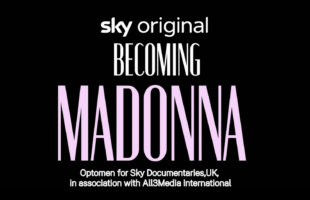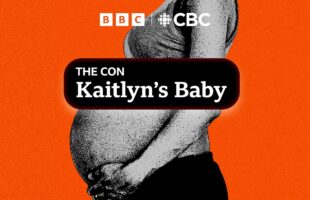India’s TRAI comes down hard on TV advertising
TV Asia Plus summarises the key changes regarding the insertion of advertisements for Pay and Free-TV in India, as a result of changes implemented by TRAI.
The Telecom Regulatory Authority of India (TRAI) has released a consultation paper that not just restricts the amount of commercial airtime on Pay and Free-TV but also determines the way and form commercials appear on television screens by way of scrolls and tickers.
In a 33-page consultation paper entitled “Issues Related to Advertisements in TV Channels,” TRAI made some key stipulations. Below is a summary.
TRAI says that total commercial airtime per hour must not exceed 12 minutes, consisting of up to 10 minutes of commercials and up to 2 minutes of in-house channels ads.
On reducing the issue of “screen clutter,” TRAI states that all advertisements “should not in any manner interfere with the programme viz., use of lower part of screen to carry captions, static or moving alongside the programme.”
The issue particularly addresses what TRAI calls “Part-screen advertisements… Picture-in-Picture(PIP), popups, scrolls, tickers etc.”
In light of this issue, the regulator calls for a complete ban of such advertisements. The paper states that “there shall only be full-screen advertisements. Part-screen advertisements will not be permitted. Drop-down advertisements will also not be permitted.”
Provisions are made for news channels, with restrictions though. TRAI says that “in so far as News and Current Affairs channels are concerned, they are allowed to run not more than two scrolls at the bottom of the screen and occupying not more than 10% of the screen space for carrying non-commercial scrolls, tickers etc.”
On the motivation for such action, TRAI cited public complaints that include the “overplaying of advertisements, long duration of advertisements, overlaying of advertisements on the screen, (and) increased audio level during advertisements etc.”
In a dramatic move, TRAI calls for the commercial airtime for Pay TV to shrink to half of that of Free-to-Air TV – Pay TV will only be allocated 6 minutes of commercial airtime per hour.
The discrepancy between the allotments of commercial time for Free-TV vs. Pay-TV, according to TRAI, is that Free-TV in India is more dependent on advertising as a main source of revenue compared with Pay-TV, which also draws from subscription revenue. Hence the regulator concludes that “the quantum of advertisement permitted in FTA channels may be more than the pay channels in terms of duration of the advertisements.”
TRAI also cited the “the Media-partners-Asia (MPA) Report ‘Asia-pacific pay-TV and Broadband Markets 2011’ which suggests that ad revenue as a percentage of total TV for pay channels has dropped over the years, indicating “that the dependence of the pay TV channels on the advertisement revenues is continuously declining.”
Other enforcements include a “continuous airing of the TV show for at least 12 minutes each” between commercial breaks and “at the most 3 advertisement breaks with a minimum gap 30 minutes between consecutive breaks” when airing movies.
In response to poor industry sentiment, TRAI said in its paper that it welcomes feedback on the proposed changes. In a subsequent statement issued 4 April, 2012, TRAI has extended its deadline for submission of comments by stakeholders to 19 April, and for submission for counter comments till 26 April, 2012.








